Stuart Forster, an experienced professional photographer based in North East England, provides 10 easy tips for taking better photographs.
10 easy tips for taking better photographs
As a professional photographer, I’m often asked to provide tips that will enable people to take perfect photographs. Here are ten simple suggestions that will help improve your photography:
Read your camera’s manual
When you get a new camera, set aside time to read the manual. That may be deemed boring by some people, but it will help you get to know the features and functionality of your camera.
Get to know your camera
Spend time playing with your camera. Don’t be afraid to experiment with the settings while you are at home. This will help ensure that you know how to use your camera when you are out using it.
Review the photos that you take. Learn from your mistakes. Repeat what works well for you.
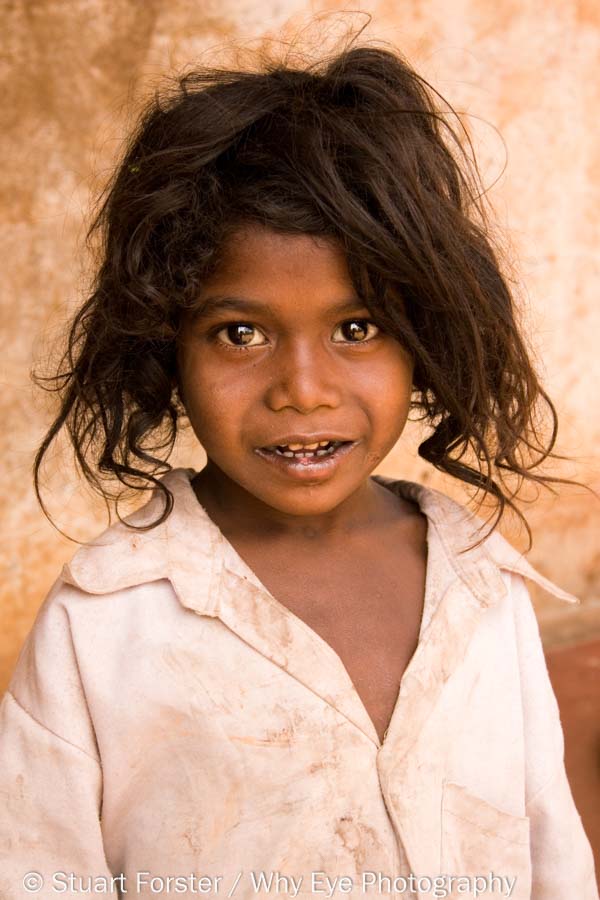
Portrait of a girl from the Soliga tribe in Karnataka, India.
Keep your camera handy
Ensure that you have your camera to hand and are ready to use it when something interesting is happening. If you are at an event keep your camera in your hands or on the strap over your neck.
If you have your camera packed away it may prove difficult to get to when you want to use it. Anticipating action and being ready to photograph will give you the time needed to take good shots.
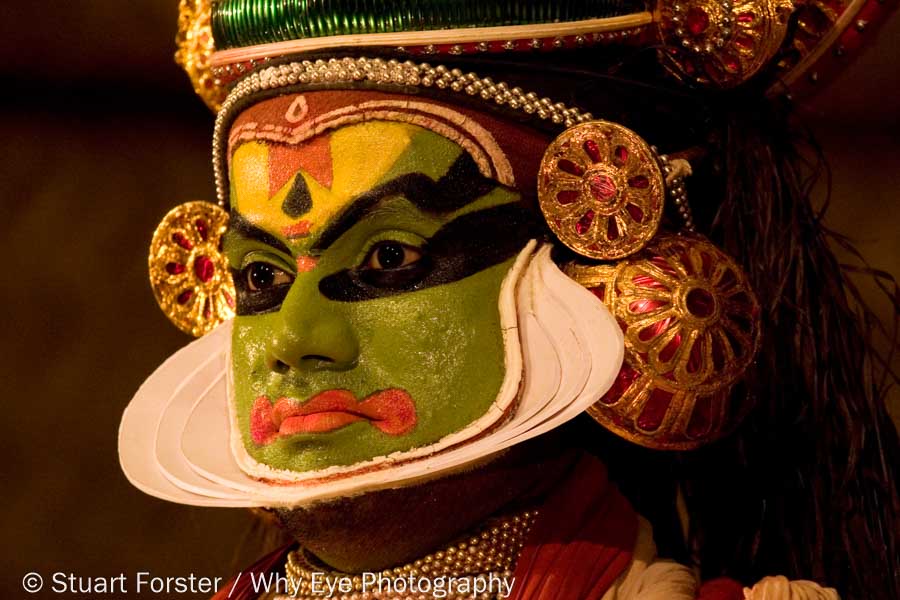
Face a kathakali performer playing the role of a hero.
Hold your camera steady
Use your body to give your camera stability. This will help to avoid camera shake and blurry photos.
Hold your camera on your left palm and grip the lens between your thumb and forefinger. Keeping your upper arm against your chest will maximise the natural support that you provide to your camera when taking handheld images.
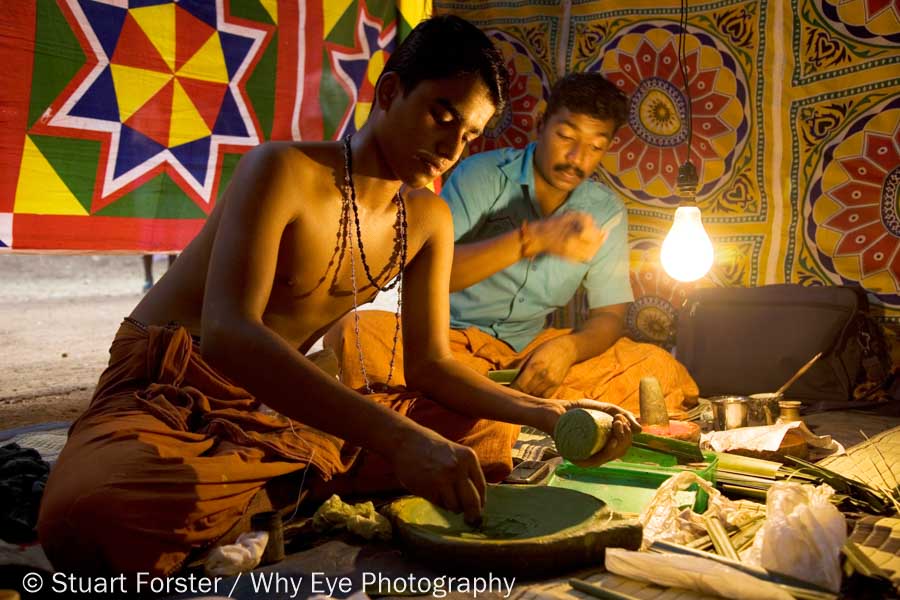
For some low-light photography you’ll also need to use a tripod or know how to use a flash.
Think about your composition
Don’t just snap randomly, assuming you can improve your pictures in post-processing. Make your photos as good as you possibly can at the moment you release the shutter.
Think carefully about the composition of your photos. Your subject doesn’t always need to be in the centre of the frame.
Don’t be afraid to take another shot
Sometimes you only have one opportunity to capture a moment. That’s why you need to know your equipment and how to use it properly.
However, there are times when you might benefit from retaking a photo. if you are not entirely happy with an image and have an opportunity to take the shot again then don’t be afraid to do so.
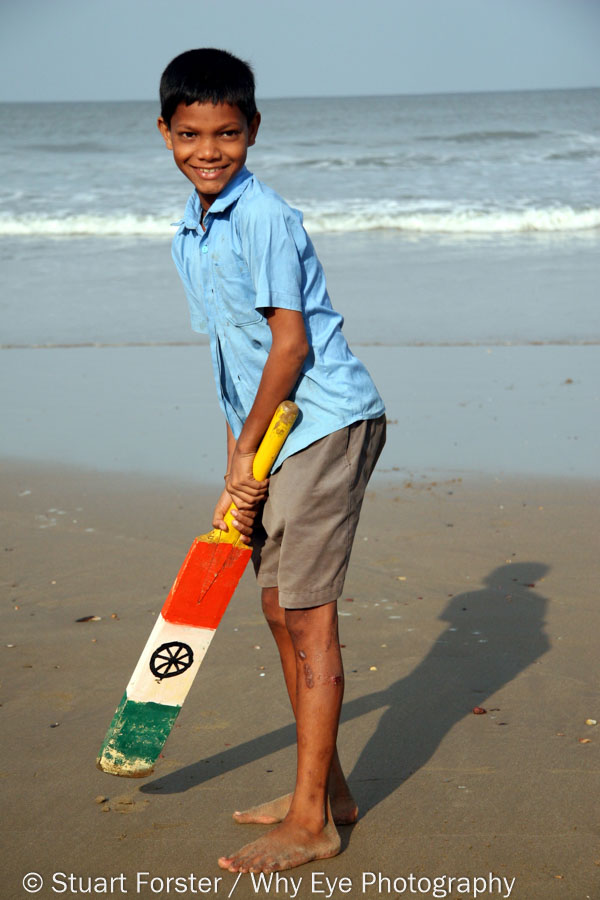
If your horizon isn’t straight why not retake the photograph?
Experiment with your point of view
Not every photograph has to be taken from eye level when you are standing up. You can also take ‘worm’s eye view’ photos from ground level. Maybe squatting and taking photos from hip level will work well? You might even be able to find elevations for interesting and unusual perspectives.
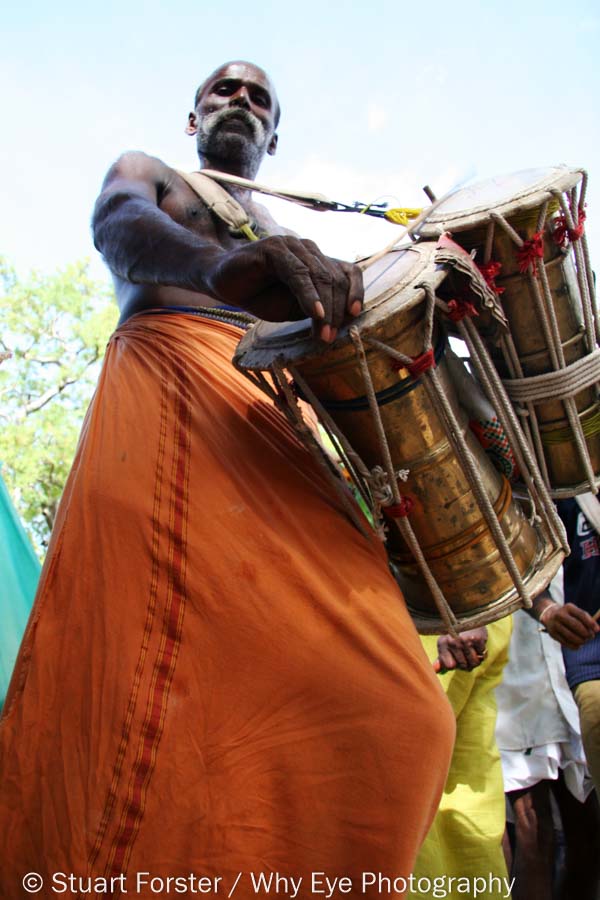
Drummer at a festival honouring the Hindu god Murugan in Tamil Nadu, India.
Vary the angle of your camera
Not all photos have to be classic horizontal images. Some subjects look much better when photographed with your camera held vertically. Off-kilter shots can also be effective if the subject matter is suitable.
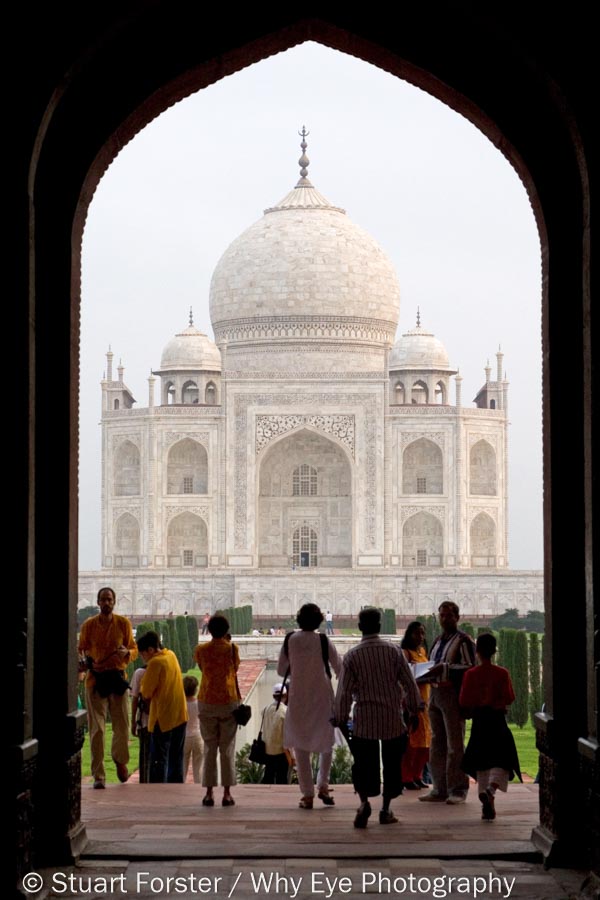
Tourists at the Taj Mahal in Agra, India. The Taj Mahal is a UNESCO World Heritage Site.
Be patient and revisit locations
If you like the look of a building but it’s in shadow or the light is not ideal, maybe it would be best to simply return at another time to photograph?
The soft light of the early morning and late afternoon is often much better for photographs than the harsher light of midday.

Houses in the ‘Blue City’ of Jodhpur in Rajasthan, India.
To zoom or not to zoom?
If the subject of your photo isn’t immediately obvious, maybe you need to get closer? You can do that by shifting your position. Alternatively, you may benefit from using a different lens. A good tele-zoom may give you the flexibility you require to take good photos of animals and birds.

A tiger photographed using a zoom lens in India.
Photography lessons in north-east England
Are you looking to improve your photography skills? I offer one-to-one photography lessons and group sessions.
Enjoy this post with 10 easy tips for taking better photographs? f you’d like to book a photography lesson please get in touch via stuart@ whyeyephotography.com or give me a call on 07947 587136. Here’s a look at a post with photography of Indian Premier League (IPL) cricket.
I’m based in northeast England and available to travel.
You can see some of Why Eye Photography’s travel images on the post with inspirational travel photography from Canada.
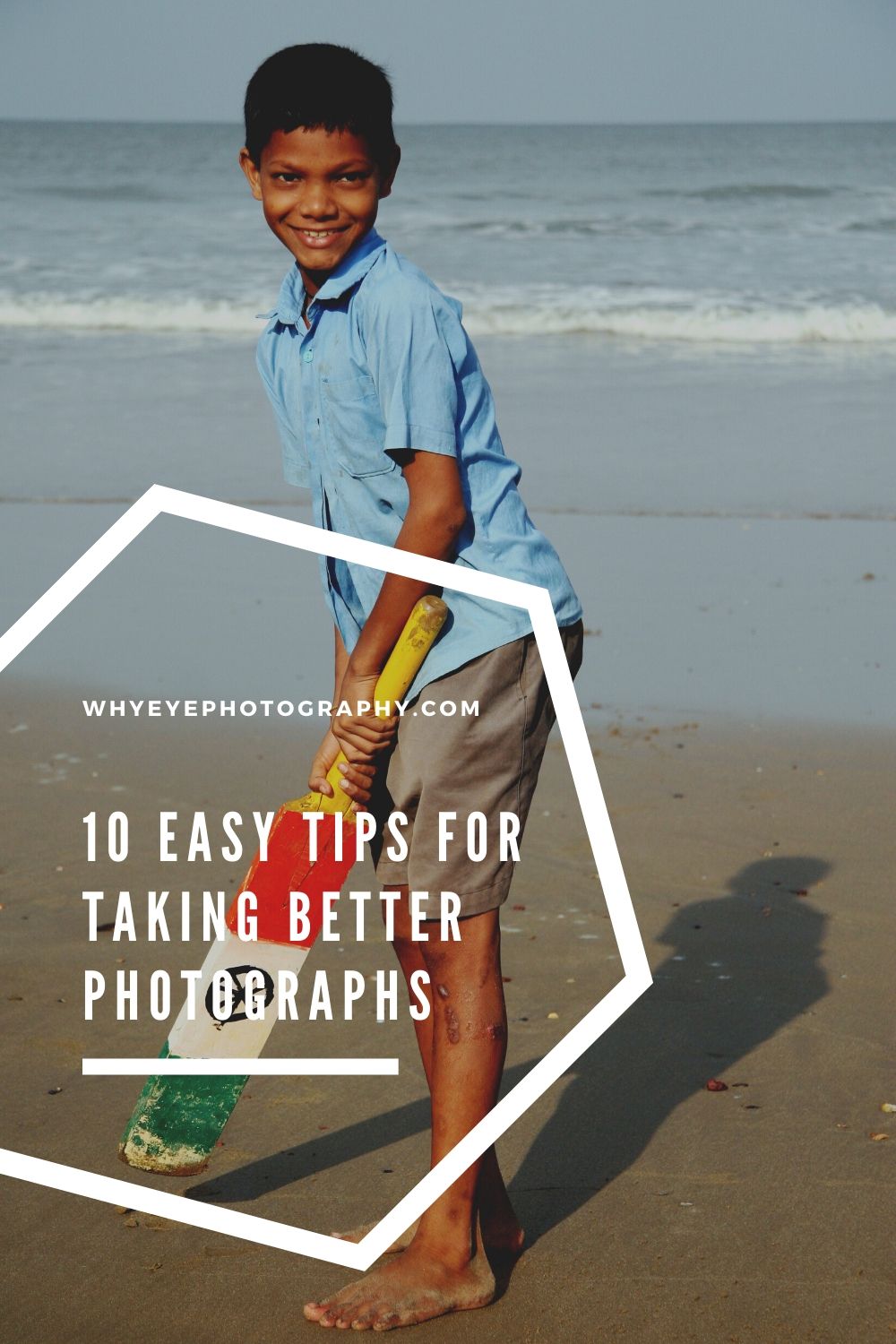
Use Pinterest? Pin this and return to the whyeyephotography.com blog post with 10 easy tips for taking better photographs.